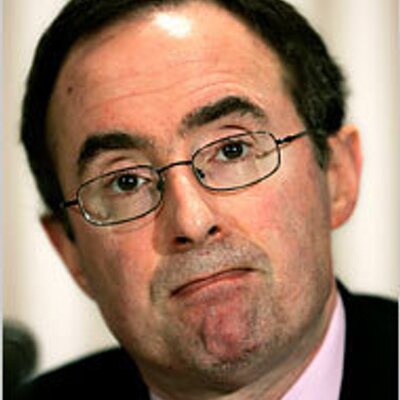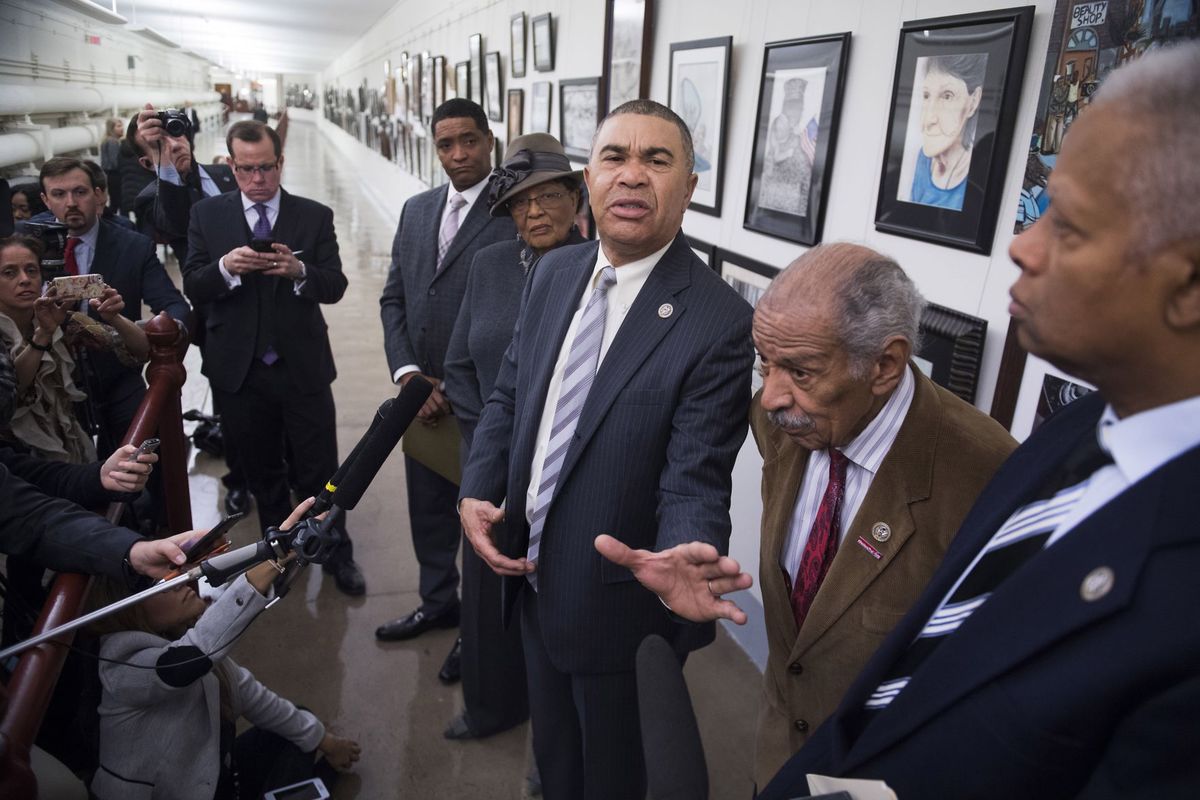Op-ed:
The higher ed tuition bubble is about to burst
There are plenty of ways to reduce costs and still ensure a world-class education. We should pursue them all. In a hurry.
Written by Craig Colgan
Client: Anonymous
PDF
WASHINGTON -- Last month, Indiana University researchers announced that college tuition has increased 440 percent in the past 25 years, as American students have amassed $1 trillion in student debt.
As that debt soars ever higher, more experts are predicting that the ‘tuition bubble’ could burst, and the resulting crash could mean reduced education options for those in need. American higher education should not wait for the inevitable and must radically alter how it does business so it can cut costs right now.
One of the best ways to reduce student debt is to ‘off-load’ more students to community colleges for two years. Students at public two-year institutions save, on average, $4,183 in annual tuition over public four-year institutions, and $22,741 when compared to private four-year schools.
One study showed that 64 percent of students in four-year colleges took out loans, while only 29 percent of community college students did so. The average total annual debt load among all students who take on debt is about 50 percent less among community college students. Of the 30 fastest-growing occupations listed by the Bureau of Labor Statistics, only half require degrees beyond two years. And more students are voting with their feet: A recent national survey found that 22 percent of students from households earning $100,000 or more attended community colleges in the 2010-11 academic year, up from 12 percent in the previous year.
Second, online delivery of courses and services means not only cost savings, but is an effective way to deliver learning. A recent study by the U.S. Department of Education points out that online education is not inferior at all to traditional learning—indeed, the contrary is the case. Combining online instruction with a small amount of live in-person support is particularly effective, the study notes.
The number of students enrolled in online higher-education courses has increased by 200 percent since 2002, to 5.1 million, while the average enrollment in traditional programs increased by only 1.5 percent. The 2008 National Survey of Student Engagement, which randomly surveyed nearly 380,000 students at 722 U.S. baccalaureate-granting institutions, found that “courses delivered primarily online seem to stimulate students’ level of intellectual challenge and educational gains,” adding that “relative to classroom learners ... online learners reported more deep approaches to learning in their coursework.”
Finally, students should not have to hang around for four years before being awarded bachelor’s degrees. The total cost of a college education could potentially be reduced by 12 to 22 percent, which would reduce the financial burden on students and taxpayers. Dual Enrollment Programs offer current high school students the opportunity to simultaneously earn college credit.
For every 1 million students entering college with a semester’s worth of early credits, the cost of college could be reduced by over $9.5 billion. Through programs such as Advanced Placement, College Level Examination Program, and early college admission, students can begin to accumulate college credit while still in high school. Students who elect to participate in such programs spend less time taking basic courses in college and consequently are able to graduate quicker and at a lower cost. Another time-reduction option, gaining popularity in Europe, is the three-year bachelor’s degree.
Manchester College's Fast Forward Program, begun in 2007, encourages students in any major to earn a bachelor’s degree in three years. The program consists of a more aggressive fall and spring schedule, a January session, two summer sessions and online courses. The program is designed for students who have a clear idea of where they are headed after college, whether it is graduate school, law school, medical school or a career in a specific field such as accounting, education or the sciences.
Not having to pay for a fourth year of college would save students at public schools $13,424 in room and board, but $30,393 for private school students. The University of California recently recommended each four-year school in its system explore implementing three-year programs, as have seven state legislatures.
Following a painful price correction in tuition rates, many smaller schools could go out of business, with only the largest and best-endowed institutions and programs remaining intact. The time for major price reform is long before the bubble bursts. As the economist Herb Stein noted: “Anything that cannot go on forever, won’t.”
_______________________________
©2012 Craig Colgan • ColganWrites.com







